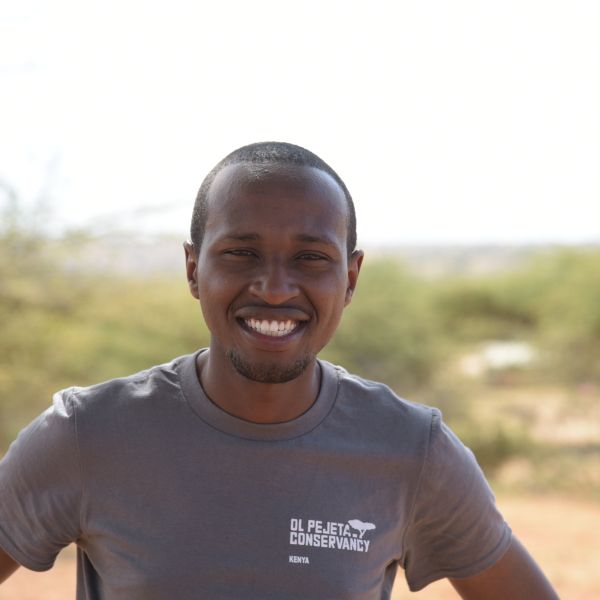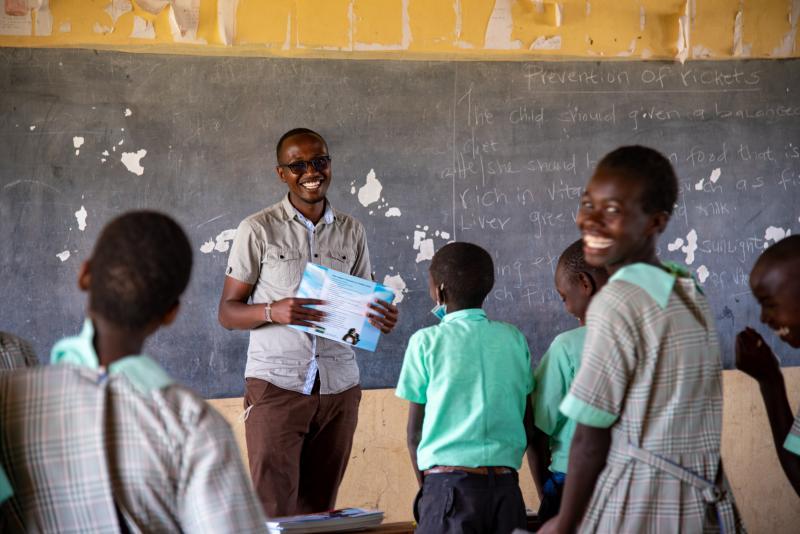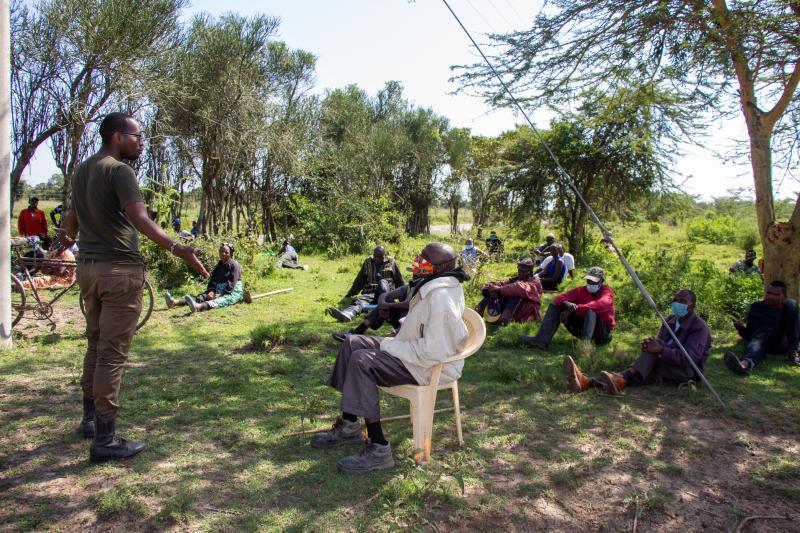Image

-
Stephen Gachagua
Conservation Education Coordinator, Ol Pejeta Conservancy
- 30 Under 30
- 2021
Gachagua is a conservation educator who encourages his community to make informed decisions to conserve natural resources and use them responsibly.
How are you using education to build more sustainable and equitable communities?
Through my conservation education outreach programs, I hold conservation education forums in 45 local schools and 18 local communities adjacent to Ol Pejeta Conservancy with the aim of providing them with an in-depth understanding of our shared ecosystems. I also spearheaded the creation of seven beekeeping community youth groups in three communities and trained them on value-added practices for honey production. Through this program, the youth groups practice sustainable utilization of their natural resources. I also created four farmer tree groups in two communities, with each group having 10 members. These groups are equipped with skills to better nurture trees so as to maintain tree seedbeds.
Each of these conservation educational initiatives promotes the development of knowledge, skills, understanding, values, and actions required to create a sustainable world, which ensures conservation and promotion of equitable communities.

Having been brought up at the foot of the Mt. Kenya forest, I saw firsthand how the communities around the forest continuously exploited their resources, which in turn led to a cascading biodiversity loss. Indigenous trees were cut down for lucrative timber businesses, and endemic birds were pushed further to extinction. This is where my environmental education torch was lit.
Upon completion of my undergraduate studies, I received an opportunity to work with coastal communities on marine conservation as well as conservation of the mangrove forests. Currently, I work at Ol Pejeta Conservancy, where I have worked for the past 5 years, with the main focus on and interest in molding the next generation of environmental stewards. Additionally, I help communities understand their changing environments while educating and empowering them to make better-informed decisions on the management of their natural resources.
As an educator, my journey has come with many lessons on attitude change in communities. While the progress is steady, what inspires me is the desire and urge from the communities and students to understand the changing biodiversity in their communities and to participate in making them better.
What color (existing or new) would you be in a crayon box and why?
I would want to be the color green as not only does it represent nature but also represents rebirth and renewal. It symbolizes that we can change our attitudes and behaviors for a better tomorrow.
What keeps you hopeful for the future?
With the changing times, people are constantly growing and starting to take charge. People are no longer sitting back, and I believe there is going to be a huge change soon.
If you were to choose one place to live for the rest of your life, where would it be?
Next to the beaches, especially in Lamu Island, Kenya, it’s a nice, hot place to live with beaches and tropical water where I could go diving anytime. I see all sorts of cool underwater creatures, seagrass, and coral reefs.
What book, film, or art piece has had the greatest impact on you?
Rachel Carson's book, Silent Spring, which was published in 1962 detailing adverse environmental effects of pesticides.
